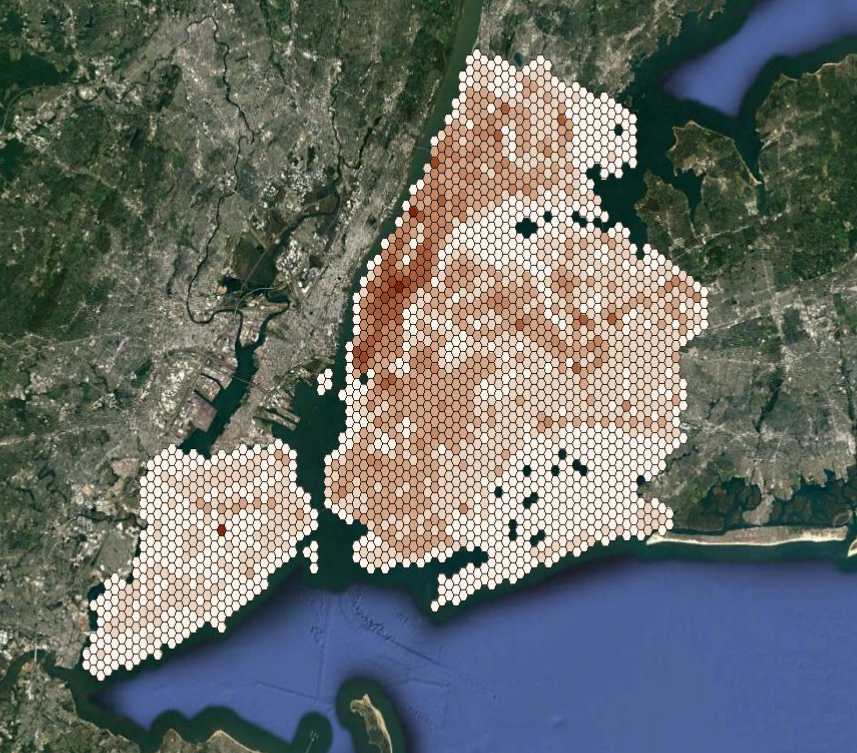Related

Nov 30,2017
UN Data for Climate Action

Working Paper
/ Sep 29,2014
Cities and the Environment
by
Randall Walsh
The recent TEDxNYIT on Meta Resiliency was a fascinating array of intersections, from music to architecture to event planning and disaster response. Among the extraordinary speakers and performers, we were awed by Erin Hill, a harpist singing about living on another planet after we´ve exhausted earth, Mohamed Abbas a firefighter responding to Sandy´s catastrophes, Claes Frossen a designer moving an entire city complete with churches and homes.
The themes and speakers were so varied that I´ll list the key takeaways.
1. Planning Resiliency
Be creative not reactive: Margaret Newman
Have the courage to correct course; things change; adapt: Margaret Newman
It’s not good enough to bounce back; plan to bounce forward: Alex Alaimo
Redundancy is no longer a dirty word. Redundant systems cover each other.
Stop learning the current practice; start thinking in your own creative way: Jacob Barnet
Plan on “no retreats”: David Dixon
You can’t just move New Orleans. Plan for a way to live with nature´s unexpected turns, such as creating or restoring wetlands that can absorb overcharges.
Learn from the global examples: Illya Azaroff
Other countries bounce back cheaper and faster; let’s learn their lessons.
2. Building better
Good architecture and design are not only a reflection of their time and the current technology, but they look to address the challenges in the future. Fernando Romero + Casey Mack
Build with flexibility in mind: Casey Mack
Today’s physical needs may be obsolete in tomorrow’s social and economic times. Think of how old industrial factories have become today’s lofts or offices because of their standard and open designs.
3. Involving People
Participatory planning is essential because it creates a sense of belonging: Thomas Ugo Ermacora
Create a movement: Derek Sivers
The first follower transforms the lone nut into a leader; to create a movement, have the courage to be the first follower.
Beauty can be part of the equation: Sandy Safi
Emotions play a part in social resiliency; tap into our universal values and ideals: Sandy Safi
Resilience is mostly about people; worldwide there were around 60 million people displaced because of disasters or violence in 2012: Illya Azaroff
Changing behavior is as important as strengthening infrastructure: Ron Dembo
Use incentives to spread some of the load on infrastructure to off-peak times.
Cities with more engaged populations are more resilient: Ron Dembo
People are our untapped resource; engage and reward their good behavior: Ron Dembo
In conclusion, resiliency is much more than just physical resiliency; it’s social resiliency, economic resiliency, cultural resiliency. It´s a change in our mindset based on creativity, adaptability, predictability, redundancy, flexibility, universality, and that allows people to feel, share, learn, change and participate.
Tile image via Drew Shannon.
Please fill out the information below to receive our e-newsletter(s).
*Indicates required.